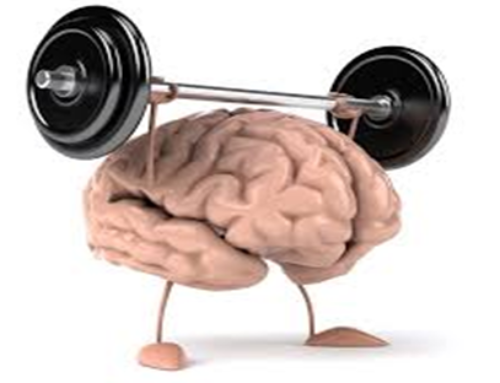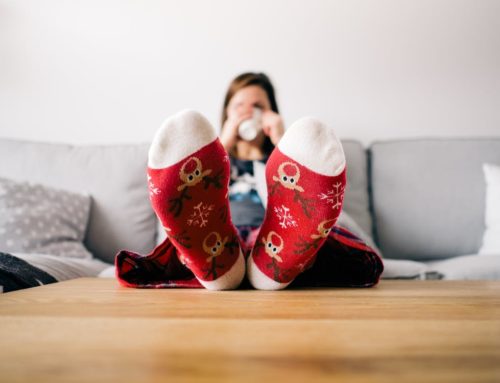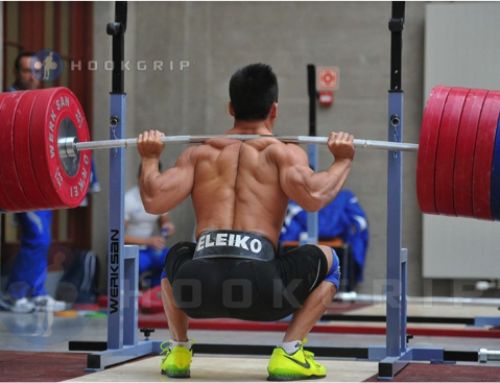We all know that hormones play a significant role in physiological functioning. So what does the hormonal changes associated with regular periods mean for your training?
It helps to firstly identify what’s going on throughout the cycle. There are several hormones associated with the menstrual cycle, but the ones which appear to be most relevant, and which have been the focus of research into this area, are oestrogen and progesterone. Referring to the picture, the role of these hormones, in short, is to i) prepare the body for ovulation (the Oestrogen peak in days 5-14, with day 14 being ovulation), ii) maintain the body in a state of preparedness for possible pregnancy (Progesterone in the 3 or 4 days after ovulation), and iii) trigger other hormones which “wind up” the fertile phase, allowing the lining of the uterus to be shed and your period to begin (the Progesterone peak in days 14-28). By the time your period (menstrual phase) begins, both oestrogen and progesterone are at their lowest levels.

So what does it all mean? Obviously things are happening – cramps, low energy, mood swings, bloating, sometimes even achy joints, and this is not always conducive to busting out a solid gym session or a fast run, but what’s physiologically possible and how you feel are two different things, at least according to the consensus of research.
Studies using electrical stimulation to produce maximal neural activation suggest that fluctuations in oestrogen and progesterone do not affect muscle contractile characteristics. That is to say, when forced to move, muscles will produce as much force in one stage of your cycle as another – you are capable of the same level of strength regardless of the time of the month.
Likewise, many determinants of maximal oxygen consumption (VO2max), such as lactate response to exercise, bodyweight, plasma volume, haemoglobin concentration, heart rate and ventilation, have been shown to be unaffected by the stage of the menstrual cycle. Also, time to exhaustion at sub-maximal exercise intensities shows no change. So, your aerobic capabilities are also unaffected (de Jonge, 2003).
Periodised training? The worst joke ever! But seriously, should women schedule training according to their menstrual cycle?
The strictly clinical scientific view is that you can continue to train throughout your period and that your strength and aerobic capabilities will not be affected either. This also means that for female athletes engaged in strength-specific and aerobic sports, you do not need to adjust your competition schedule for menstrual cycle phase to maximise performance. It also generally means that training formulation and timing need not be adjusted for your menstrual cycle. For the rest of us, engaged in fitness for health, it means that while we might not feel very much like training on one day or another (or perhaps for a whole week!), we are perfectly capable of it. Motivation and routine are the keys to getting over this hump.
 But as always there is some devil in the detail and this is not yet a closed book. Here are just a couple of additional things to keep in mind:
But as always there is some devil in the detail and this is not yet a closed book. Here are just a couple of additional things to keep in mind:
- There has been shown to be an increased body temperature during the mid-luteal phase (when progesterone peaks), and it is possible that this might decrease the endurance capability of female athletes working in hot conditions (measured by the time to exhaustion test).
- During period, when both oestrogen and progesterone are low, new research has suggested that your body is physiologically similar to a bloke, which means it’s a good time to undertake strength and power training. You won’t suddenly be stronger, but you’ll feel stronger, and you may even recover better after the workout!
- Weight fluctuations of a kilo or two are quite typical around period time, mostly due to water retention.
What’s more, studies simply apply a specific observation in a general way. Yes they are often statistically verified, meaning it’s safe to assume that the study outcome describes the average, but no one person is actually “average”. Hormones are often released in pulses, not smooth, even secretions, so there may very well be acute individual side-effects to menstrual cycle hormones which the studies have overlooked.
What you can take out of this is this:
- If you’re lucky and are relatively free of aches and low moods during periods, continue to train to routine, because your body can do it and there isn’t any danger in it.
- If you’re not so lucky, experiment a little to find ways to be able to keep up the training throughout the menstrual cycle. Go for strength routines during your period and aerobic routines mid cycle, and take a recovery week before your period starts again. It just so happens that most periodised training programs (yes – this is a real term, meaning formulated incremental training) feature a recovery week every 4 weeks anyway.
- A final bit of warning – heavy training programs, most often associated with endurance sports, can lead to Amenorrhoea, the absence of regular periods. If you’re training heavily and your periods stop for 2-3 months (and you’re not pregnant), see a doctor. Amenorrhea now can be bad for your health later on.
Download Article: The Effects of Your Menstrual Cycle on Training and Competition
Author: Marilyn Shilkin






